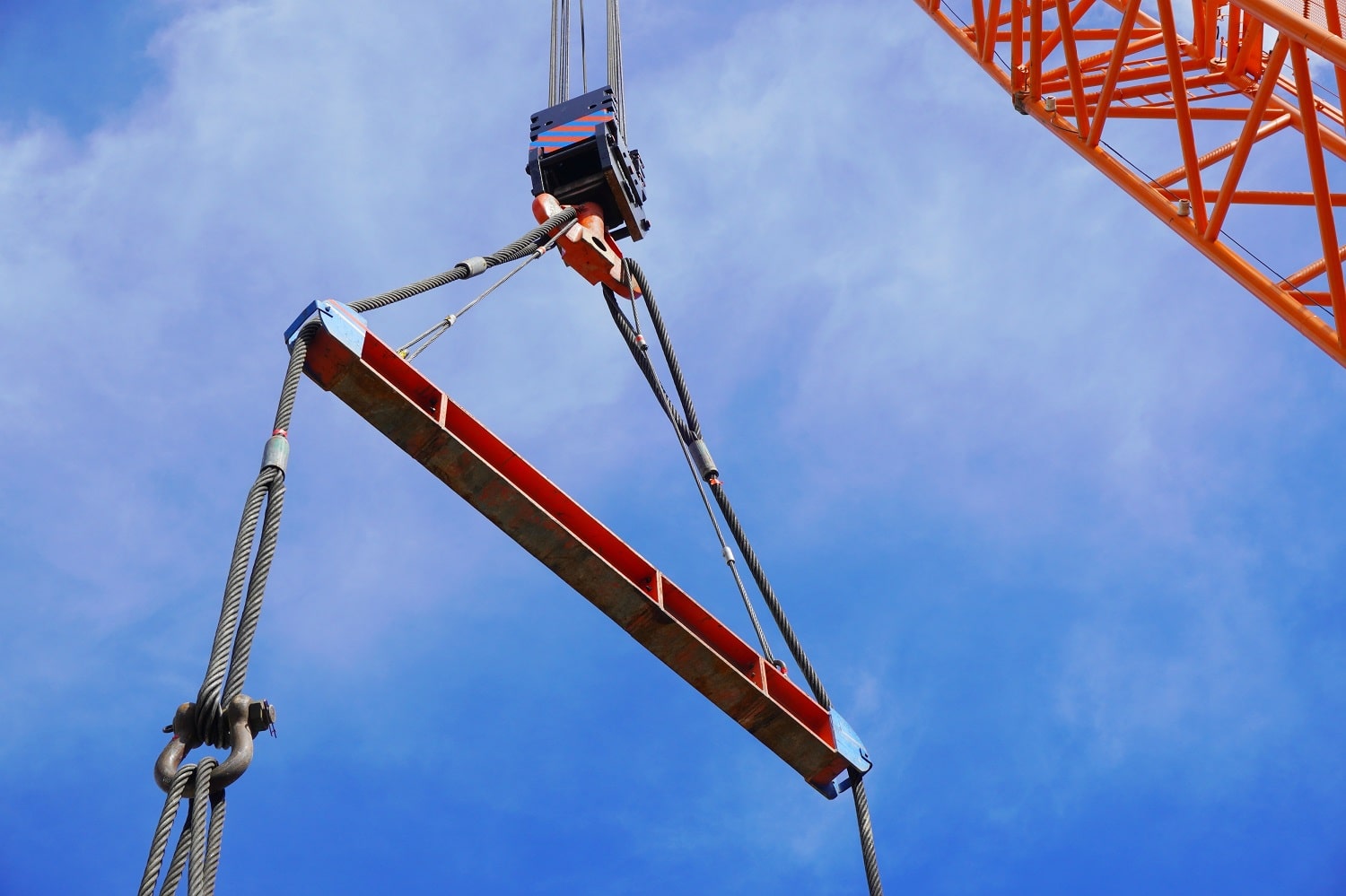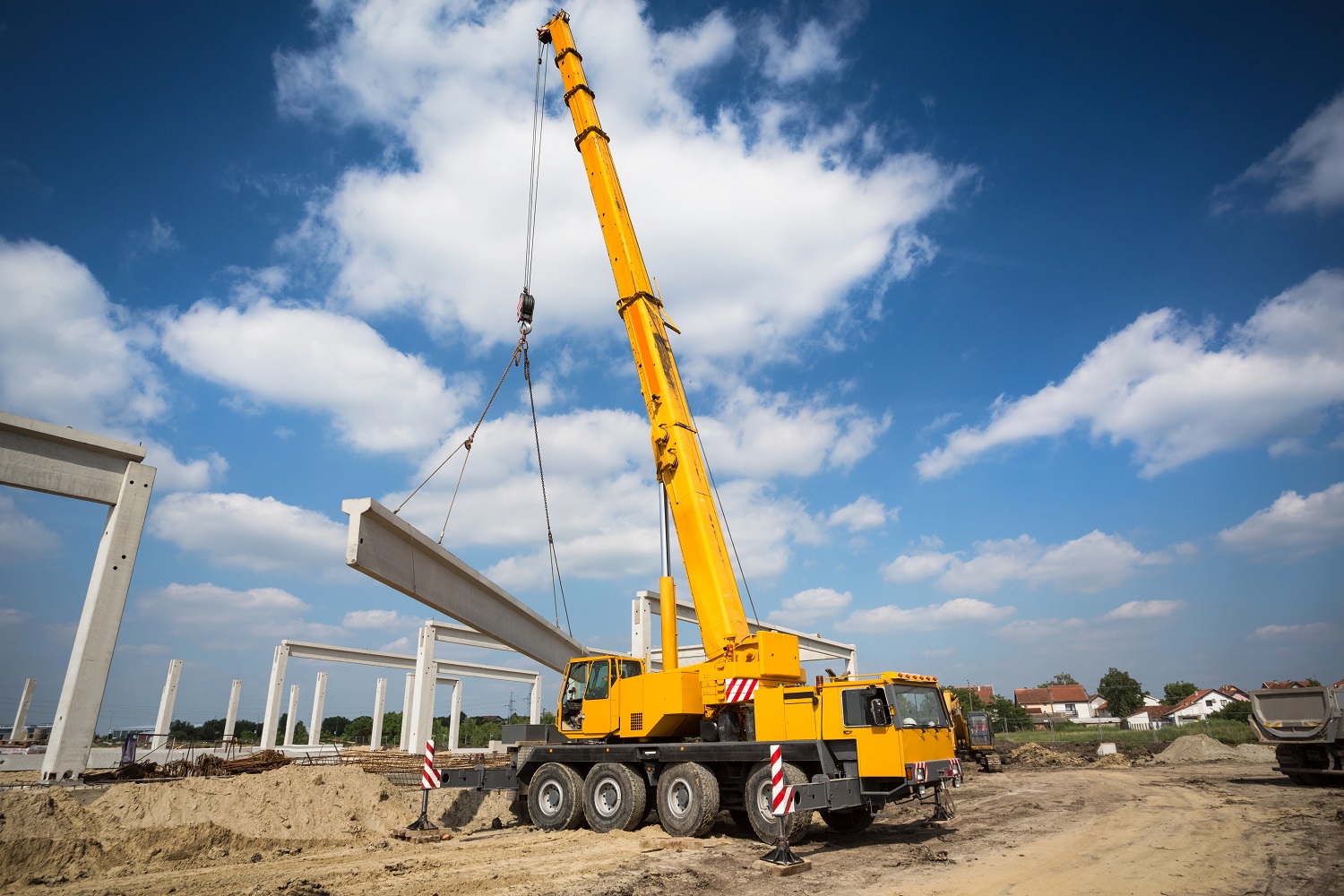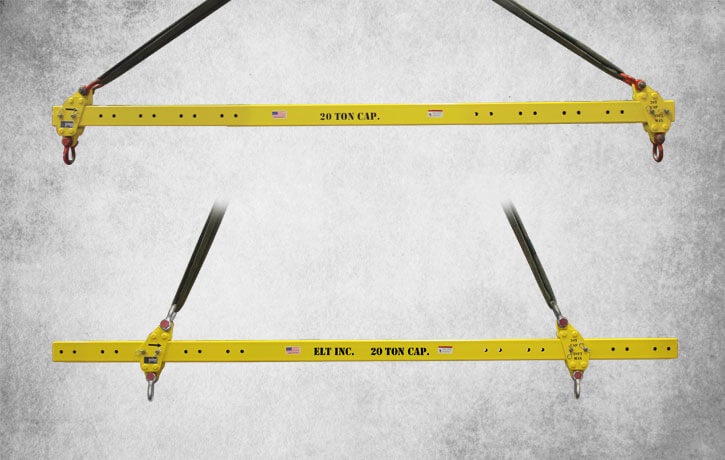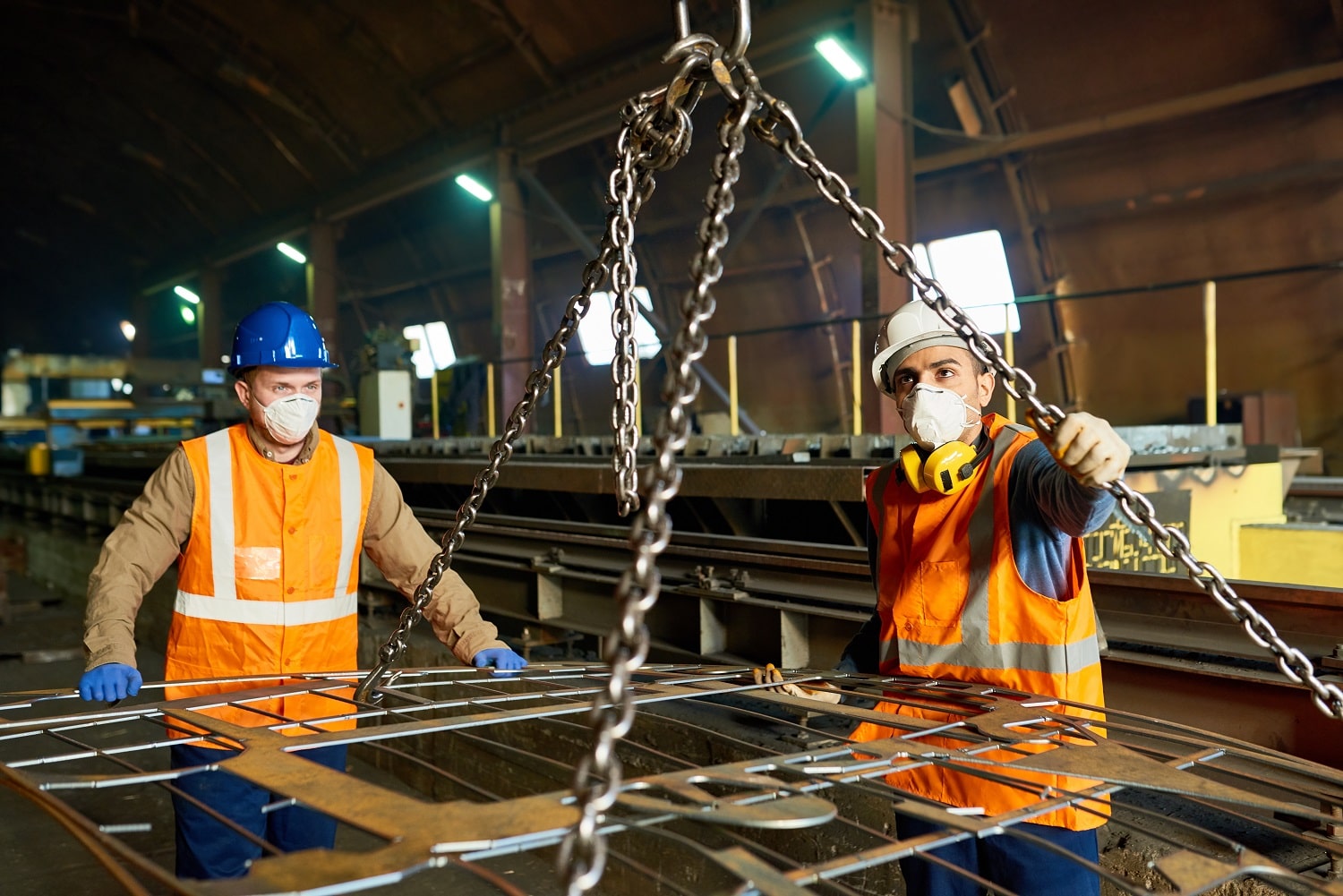Safe and Effective Use of Industrial Spreader Bars
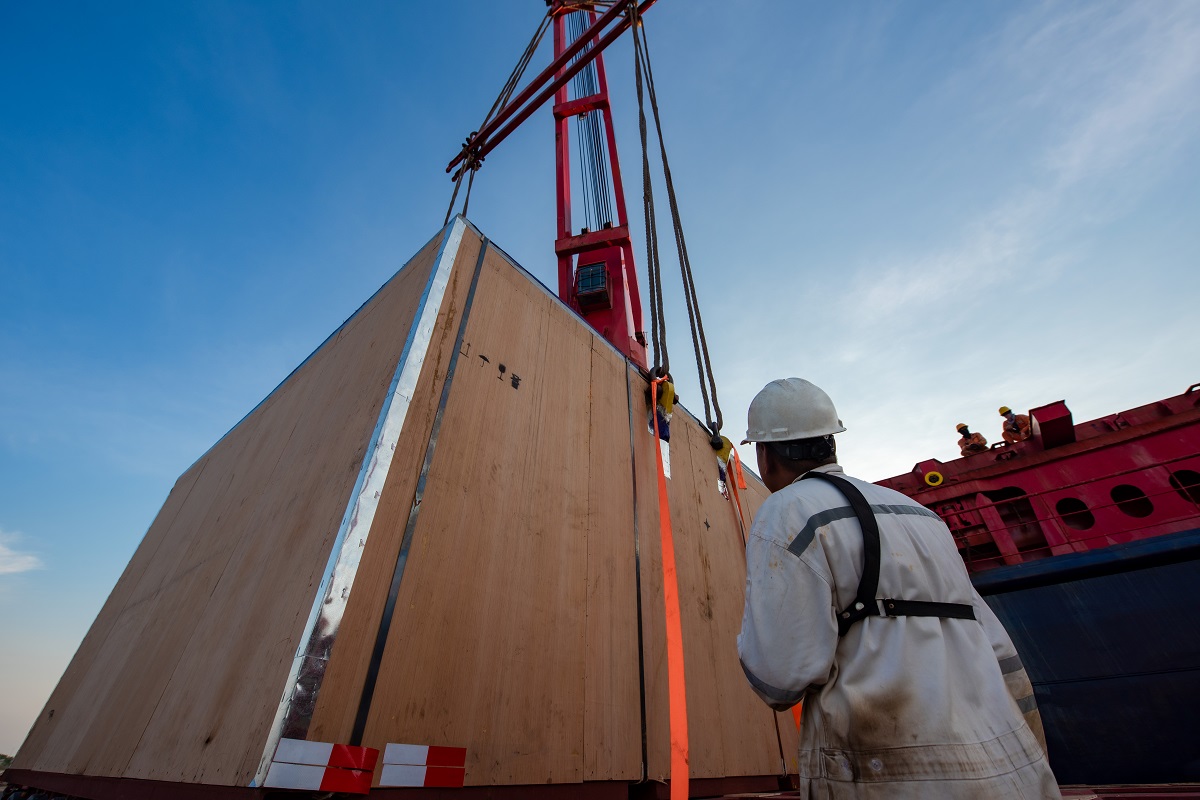 Commonly used in industries such as construction, engineering, and manufacturing, the use of spreader bars is essential for the safe and efficient handling of heavy loads. These rigging devices play a crucial role in distributing the load across multiple points, enhancing stability, and reducing the load applied during hoisting. Understanding the types, uses, safety precautions, and best practices for spreader bars is necessary for their effective and safe application.
Commonly used in industries such as construction, engineering, and manufacturing, the use of spreader bars is essential for the safe and efficient handling of heavy loads. These rigging devices play a crucial role in distributing the load across multiple points, enhancing stability, and reducing the load applied during hoisting. Understanding the types, uses, safety precautions, and best practices for spreader bars is necessary for their effective and safe application.
Understanding Spreader Bars
Spreader bars are simple yet vital tools in lifting heavy loads, like beams or pipes. They consist of a long bar with wire rope slings attached, converting lifting loads into compressive forces in the bar and tensile forces in the slings. There are several types of spreader bars, each designed for specific applications:
- Fixed Spreader Bars: These have a set length and are designed for consistent load sizes. Their rigidity makes them low-maintenance, but they lack adjustability.
- Adjustable Spreader Bars: Featuring a telescopic mechanism, these bars can extend to accommodate various load sizes and shapes.
- Basket-Style Spreader Bars: Square-shaped with four attachment points, they offer increased stability and even weight distribution.
- Lattice Spreader Bars: Characterized by a metal strip structure, they provide high load-bearing capacity and stability.
- Modular Spreader Bars: Assemble as needed, they are transport-friendly and adaptable to varying requirements.
When to Use a Spreader Bar
Spreader bars are most used when lifting heavy loads that require enhanced stability and load distribution. Their ability to distribute weight over a wider area reduces stress on the load and lifting equipment, which prevents the load from tipping or swaying.
This tool is particularly beneficial when the lifting points of the load are not designed to handle the direct tension that results from traditional lifting methods. By attaching to the load at multiple points, spreader bars can convert the lifting load into compressive forces in the bar and tensile forces in the slings, which will significantly reduce bending moments and sling angles, mitigating the potential for sling damage or failure.
Safety Instructions and Best Practices
For the safe handling of spreader bars, adhere to the following guidelines:
- Do’s: Understand sling usage, calculate load on bars, ensure load stability, use tag lines for long loads, and inspect the apparatus before and after use.
- Don’ts: Exceed rated load, use damaged bars, lift people, leave suspended loads unattended, remove warning labels, or stand near suspended loads.
Operating Practices
Operating spreader bars requires trained professionals and adherence to safety instructions:
- Only trained individuals should operate or supervise the use of spreader bars.
- Follow provided instructions, including visual inspection, assembly, rigging requirements, and lifting techniques.
- Avoid using bars marked “out of service”.
- Utilize tag lines where necessary for load stabilization.
- Avoid sudden accelerations, decelerations, or motions that may cause swinging of the load.
Design Considerations and Regulations
When purchasing a spreader bar, consider the ASME BTH-1 and ASME B30.20 standards, which define allowable stresses, marking, inspection, testing, and maintenance requirements. The design should account for load characteristics, including weight, size, and center of gravity.
Proof Testing
In the USA, OSHA requires a 125% proof test for lifting accessories, including spreader bars. While ASME B30.20 considers proof testing a recommendation, it is a legal requirement under OSHA regulations.
_________________________________
Understanding the different types of spreader bars, along with adhering to safety guidelines and operating practices, is crucial for ensuring safe and effective lifting operations. By considering the specific needs of the lifting application and adhering to the relevant design and safety standards, operators can ensure the safe and efficient use of these vital tools.

